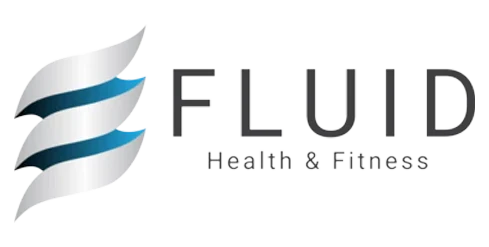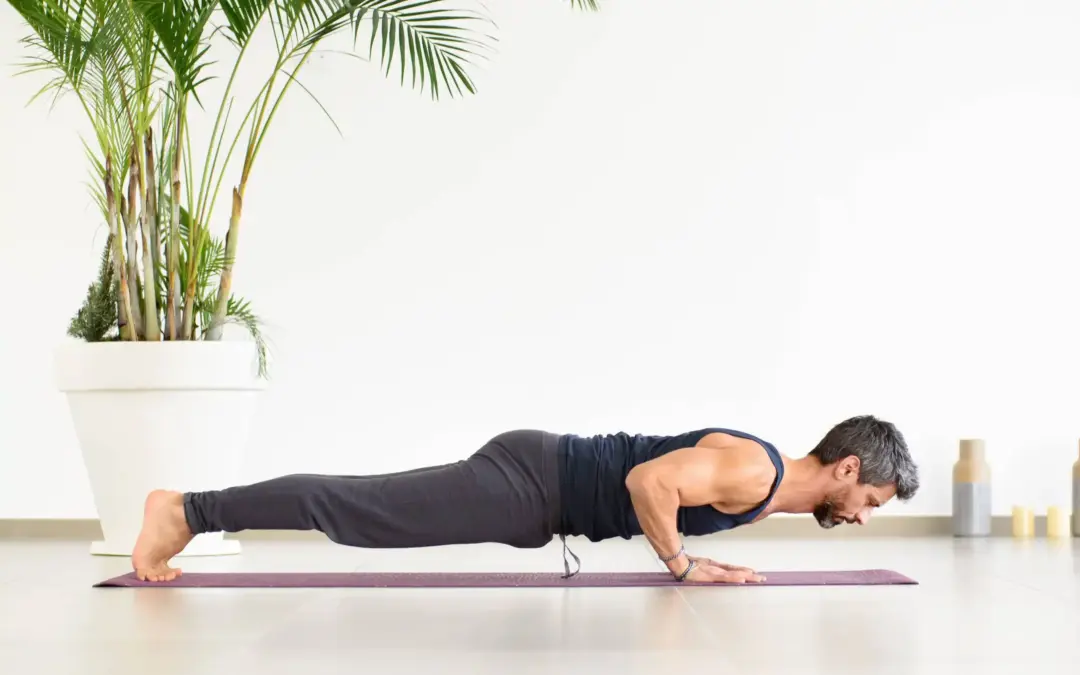
Functional movement requires precise control of the shoulders, hips, and limbs. This control is vital for performing daily tasks and complex activities without injury.
Key Concepts:
- Protraction and Retraction: The forward (protraction) and backward (retraction) movement of joints, especially the shoulders and hips, ensure fluid motion and stability.
- Push-and-Pull Mechanics: Balanced strength in opposing muscle groups, such as the biceps and triceps or quadriceps and hamstrings, prevents imbalances and supports efficient movement.
- Cross-Body Coordination: Movements like walking or throwing rely on the ability to coordinate opposite limbs effectively.
Common Issues:
- Overuse of One Side: Favoring one side of the body leads to muscular imbalances.
- Lack of Stability: Weak stabilizers can cause compensations and strain on larger muscles.
Real-Life Example: In a push-up, the shoulders protract as you lower yourself and retract as you push back up. Poor control during these movements can lead to shoulder impingement or strain.
Practical Applications:
- Train both protraction and retraction using rows, push-ups, and reverse fly exercises.
- Include unilateral exercises, like single-arm presses or lunges, to address asymmetries.
Test Your Comprehension:
- What is the difference between protraction and retraction?
- Why are push-and-pull mechanics important for balanced strength?
- Name a unilateral exercise that improves regional control.
Scientific References:
- Hamill, J., & Knutzen, K. (2015). “Biomechanical Basis of Human Movement.”



